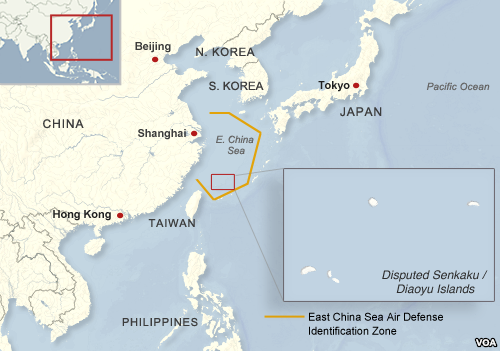
This article (PacNet #36) was originally published by the Pacific Forum CSIS on 22 June 2015. It draws upon a recent CIGI Graduate Fellows Policy Brief, which is available here.
In November 2013, much to the surprise and alarm of the international community, China announced the creation of its “first” Air Defense Identification Zone (ADIZ) in the East China Sea. There is growing concern that China will implement a second in the South China Sea, an unstable area riddled with maritime and territorial disputes. The November announcement prompted journalists, policy makers, and scholars to understand and explain the political and security implications of China’s ADIZ. A common concern was that China appeared to be using its ADIZ as a means of asserting sovereignty over the disputed Senkaku/Diaoyu Islands. Much of the subsequent analysis and commentary misrepresented the actual global state of play with respect to ADIZs, as well as their purposes and functions. The result was a great deal of unnecessary criticism and tension. A better understanding of ADIZs is required to prevent similar disputes in the future. But even better than an improved understanding would be a uniform global regime with consistent and transparent practices so that aviation safety and maritime or territorial disputes do not compromise each other in the future.




